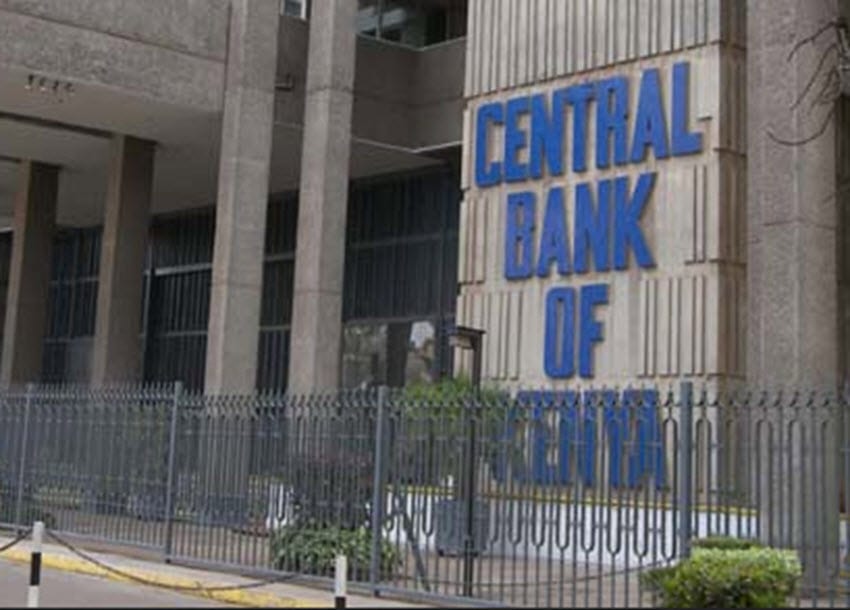Kenyans in diaspora cut money sent home by Sh4.3 billion in June

By Alfred Onyango |
Although the apex bank did not give reasons for the decline in inflows, the relatively high inflation in the US where most remittances originate might have shrunk senders' disposable income.
Kenyans working and living abroad sent home Sh4.3 billion less in June compared to the previous month.
Latest monthly data by the Central Bank of Kenya (CBK) show remittance inflows for the month totalled $371.6 million (Sh48.48 billion), an eight per cent decline from the previous month when inflows totalled $404.4 million (Sh52.76 billion).
Keep reading
However, compared to the same period last year, the record is a 7.4 per cent increase. Remittance inflow in June 2023 totalled $345.9 million (Sh45.1 billion).
"The cumulative inflows for the 12 months to June remained steady at $4,535 million (Sh591.6 billion) compared to $4,017 million (Sh524.1 billion) in a similar period in 2023, an increase of 12.9 per cent," the CBK says in its weekly bulletin.
"The remittance inflows continue to support the current account and the foreign exchange market."
The US remained the largest source of remittances to Kenya, accounting for 54 per cent in June 2024. Other top sources of remittances were Canada, the United Kingdom, Germany, Saudi Arabia, the United Arab Emirates, and Australia.
Although the apex bank did not give reasons for the decline in inflows, the relatively high inflation in the US where most remittances originate might have shrunk senders' disposable income.
Further, the shilling's exchange rate against the dollar has not been stable in the period under review to dictate a specific leverage trend that workers abroad capitalize on when deciding to send money back home.
Western Union's inaugural Global Money Transfer Index says about 67 per cent of Africans abroad send more money when the currency value falls in their receiving country, with 65 per cent of receivers agreeing that when currency values fall, they get more money.
In other terms, a weakening greenback against the local currency means receivers back home are not earning more in exchange as they used to be when the shilling was on a depreciating trend.
According to WorldRemit research, Kenya is one of the top recipients of remittances on the continent, with the country's primary uses being for household needs, healthcare and education.
Kenyans have also been investing more in the capital market and real estate in recent years, with the US, Canada, and the UK leading the way.
The inflows have also continued to support the Kenyan shilling which hit a record low of Sh161 to the dollar sometime in January, as the country experienced a dollar shortage on the back of high demand by importers during the period.
Reader comments
Follow Us and Stay Connected!
We'd love for you to join our community and stay updated with our latest stories and updates. Follow us on our social media channels and be part of the conversation!
Let's stay connected and keep the dialogue going!












